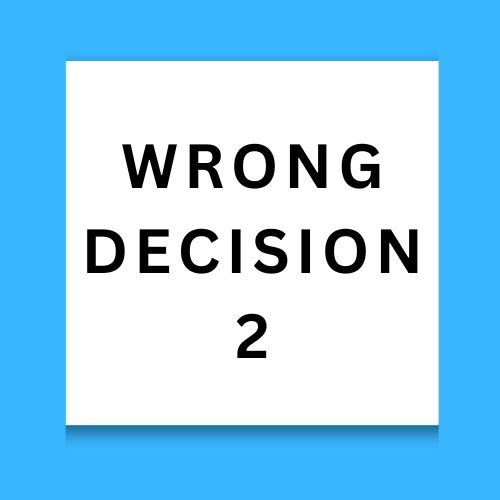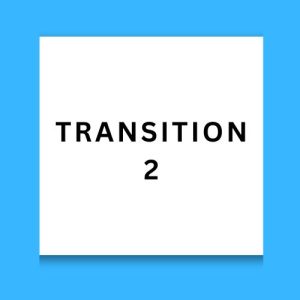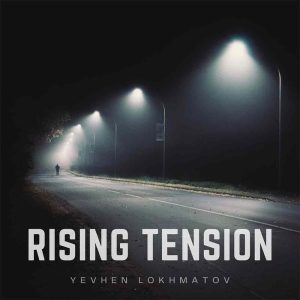Here is more free sound effects for you:
Title: Enhance User Experience with “Wrong Decision 2” Interface Sound Effect
In today’s digital world, user experience is paramount. Every detail, no matter how small, can make a significant difference in how users perceive and interact with an application or game. One such detail is the sound effects used within the interface. Sound effects provide immediate feedback to users, creating a more engaging and intuitive experience. Among these, the “Wrong Decision 2” sound effect stands out as an essential tool for indicating incorrect choices or failures.
Understanding “Wrong Decision 2” Sound Effect
The “Wrong Decision 2” sound effect is specifically designed to signal a wrong choice or failure. Its primary function is to alert users that their action or selection was incorrect, helping them to understand and rectify their mistake promptly. This sound can be effectively utilized in various contexts, including mobile applications, video games, and interactive interfaces.
Key Features and Benefits
- Clear Indication of Error: The sound effect provides a clear auditory cue that a wrong decision has been made. This immediate feedback is crucial in guiding users toward the correct action, especially in fast-paced environments like games or dynamic apps.
- Versatility: “Wrong Decision 2” can be integrated into a wide range of applications and games. Whether it’s a simple mobile app, a complex game, or a sophisticated software interface, this sound effect is versatile enough to fit seamlessly into any project.
- Enhances User Experience: By providing an audible indication of incorrect actions, this sound effect enhances the overall user experience. Users appreciate clear and immediate feedback, which helps in reducing frustration and improving the usability of the application.
- Improves Engagement: Sound effects play a significant role in keeping users engaged. The “Wrong Decision 2” sound effect can make the user experience more immersive and interactive, encouraging users to stay longer and interact more with the application or game.
Applications of “Wrong Decision 2” Sound Effect
- Mobile Apps: In mobile applications, this sound effect can be used to indicate errors or wrong selections, such as entering incorrect data, choosing unavailable options, or failing to meet certain criteria.
- Video Games: In gaming, sound effects are vital for creating an immersive experience. “Wrong Decision 2” can be used to signal a wrong move, failed level, or incorrect answer in a quiz or puzzle game. This not only provides feedback but also adds to the overall gaming experience.
- Educational Software: For educational applications, this sound effect can be used to indicate incorrect answers or selections, helping learners to identify and correct their mistakes promptly.
- Interactive Interfaces: In any interactive software, whether for business, education, or entertainment, the “Wrong Decision 2” sound effect can serve as a useful tool to guide users towards the correct actions and improve their overall experience.
Why Choose “Wrong Decision 2”?
- Professional Quality: This sound effect is crafted with professional-grade audio quality, ensuring that it sounds crisp and clear in any application.
- Easy Integration: It is easy to integrate into various platforms and applications, making it a convenient choice for developers and designers.
- User-Friendly: The sound is designed to be distinct yet unobtrusive, ensuring that it grabs the user’s attention without being annoying or disruptive.
- Cost-Effective: Investing in high-quality sound effects like “Wrong Decision 2” can significantly enhance the user experience at a relatively low cost, providing great value for developers.
Conclusion
The “Wrong Decision 2” interface sound effect is an indispensable tool for any developer or designer looking to enhance their application’s user experience. By providing clear and immediate feedback, it helps users navigate the interface more effectively, reducing frustration and improving overall engagement. Whether you’re developing a mobile app, a video game, or any other interactive software, integrating the “Wrong Decision 2” sound effect can significantly improve the usability and enjoyment of your product.
Tags: access, app, audio, bad, decision, denied, deny, device, ding, effect, fail, failed, failure, game, gameshow, incorrect, interface, lose, low, miss, no, reject, rejected, response, show, sound, tone, wrong




























